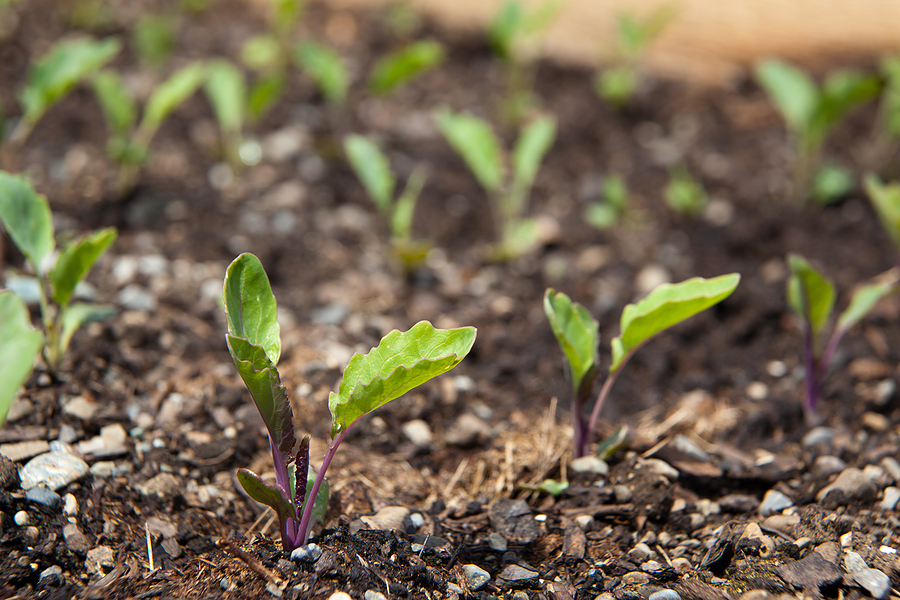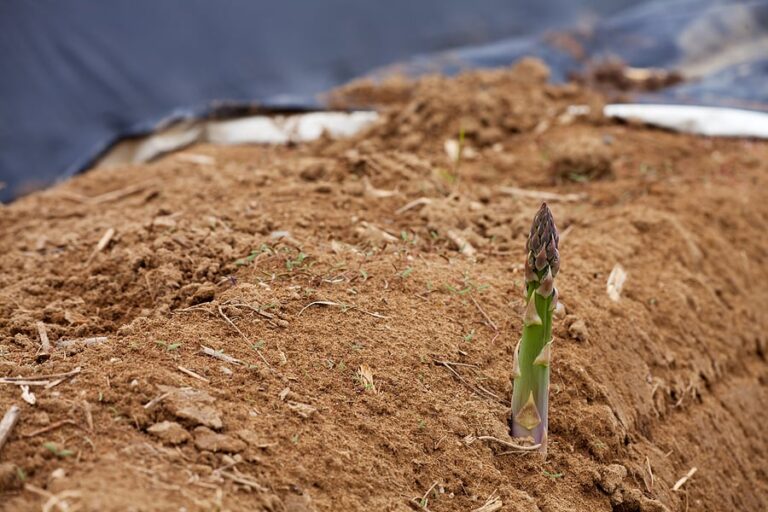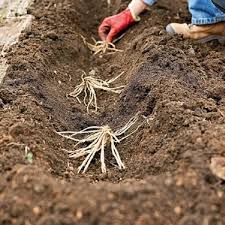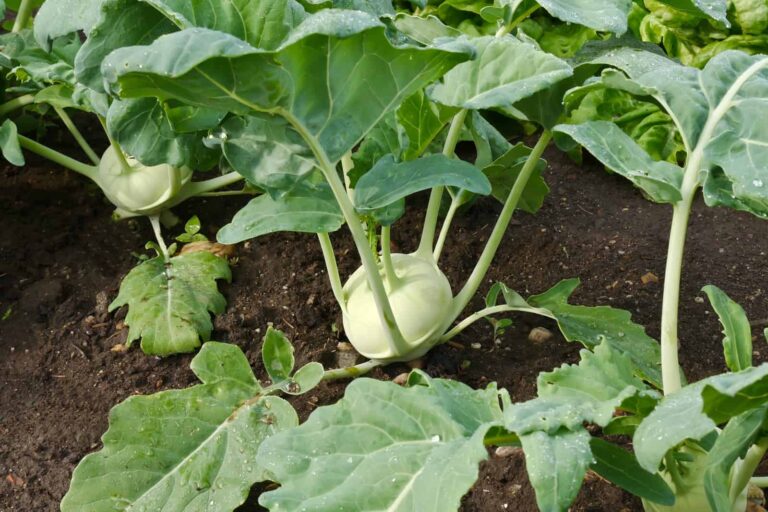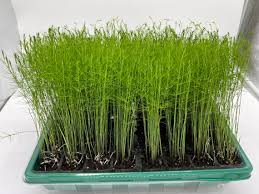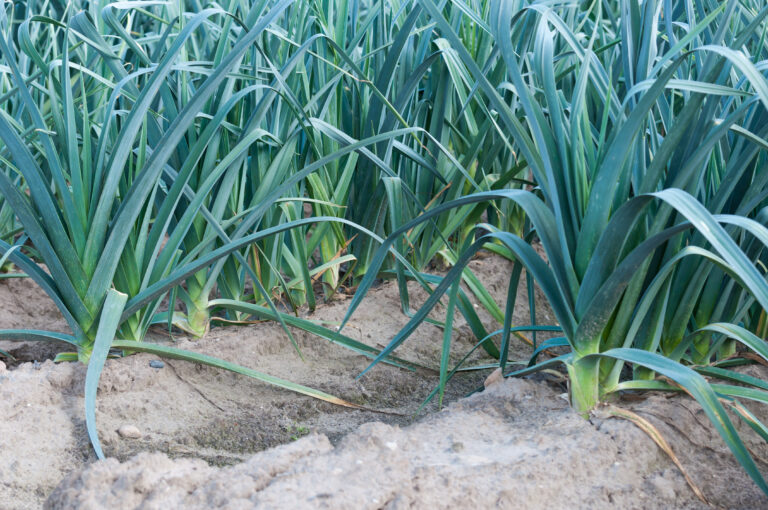How to Transplant Kohlrabi Seedlings Successfully
Kohlrabi is a fast-growing, cool-season vegetable that thrives when transplanted carefully. With over 30 years of gardening experience in California, I’ve learned that proper transplantation is key to healthy plants, strong roots, and crisp, tender bulbs. Transplanting seedlings rather than direct sowing allows for better control over spacing, soil quality, and early pest protection. This guide provides step-by-step instructions to ensure your kohlrabi seedlings thrive after transplanting.
Step 1: Timing Your Transplant
- Transplant 3–4 weeks after seed germination, when seedlings have 2–4 true leaves.
- Kohlrabi grows best in cool weather; avoid transplanting during heat waves to prevent stress.
- Harden off seedlings by gradually exposing them to outdoor conditions for 5–7 days before planting.
💡 Experience Tip: I always start seedlings indoors or in a protected area to control temperature and pests, then harden off before transplanting.
Step 2: Preparing the Garden Bed or Container
- Ensure soil is loose, well-draining, and enriched with compost.
- Space plants 8–12 inches apart with rows 12–18 inches apart.
- For containers, use pots or grow bags 12–16 inches wide and deep, one to two seedlings per container.
💡 Experience Tip: Proper spacing reduces competition for nutrients, prevents overcrowding, and lowers disease risk.
Step 3: Transplanting Technique
- Water seedlings a few hours before transplanting to reduce stress.
- Dig a hole slightly larger than the root ball.
- Gently remove seedlings from trays, holding the leaves—not the stems—to avoid damage.
- Place the seedling in the hole so the base of the stem is at soil level.
- Backfill soil gently and press lightly to eliminate air pockets.
- Water immediately to settle the soil around roots.
💡 Experience Tip: Avoid burying the stem too deep; kohlrabi stems are prone to rot if covered with excess soil.
Step 4: Aftercare
- Mulch around seedlings to retain moisture and suppress weeds.
- Keep soil consistently moist for the first 1–2 weeks to help roots establish.
- Protect seedlings from pests using row covers until they are stronger.
- Monitor for transplant shock: slight wilting may occur, but plants usually recover within a few days.
Step 5: Ongoing Maintenance
- Continue regular watering, fertilization, and pest monitoring.
- Thin seedlings if necessary to maintain proper spacing.
- Begin harvesting bulbs when they reach 2–3 inches in diameter.
My Experience
Transplanting kohlrabi seedlings successfully ensures strong, healthy plants and a productive harvest. By carefully timing the transplant, preparing soil, using proper technique, and providing attentive aftercare, gardeners can minimize stress and maximize bulb growth. Hands-on experience shows that a gentle, consistent approach at the transplant stage sets the foundation for tender, flavorful kohlrabi throughout the season.
Kohlrabi Transplanting Guide
| Step | Action | Key Details / Tips | Experience Tip |
|---|---|---|---|
| 1. Timing | Transplant seedlings | 3–4 weeks old with 2–4 true leaves; cool weather preferred | Harden off seedlings 5–7 days before transplant |
| 2. Prepare Soil | Garden bed or container | Loose, well-draining, enriched with compost; containers 12–16″ wide/deep | Proper spacing reduces competition and disease risk |
| 3. Dig Hole | Make hole slightly larger than root ball | Ensure hole is ready before removing seedling | Gently handle seedlings to avoid stem or root damage |
| 4. Plant Seedling | Place seedling in hole | Base of stem at soil level; backfill gently | Avoid burying too deep to prevent rot |
| 5. Water | Immediately after planting | Settles soil around roots and reduces transplant shock | Use a gentle stream or watering can |
| 6. Mulch & Protect | Apply 2–3″ mulch | Retains moisture, suppresses weeds, and stabilizes soil | Use row covers for young seedlings to prevent pests |
| 7. Monitor & Maintain | Daily watering & observation | Keep soil consistently moist for first 1–2 weeks | Slight wilting is normal; plants recover in a few days |
| 8. Ongoing Care | Fertilize, thin, and harvest | Harvest bulbs at 2–3″ diameter | Regular care ensures tender, flavorful kohlrabi |
💡 Gardener’s Tip from Experience:
Transplant gently, water immediately, and provide consistent moisture—these steps are critical for healthy, productive kohlrabi.
Kohlrabi Growing Hub
Start here: The Ultimate Guide to Growing Kohlrabi: From Seed to Harvest
🌱 Planning & Varieties
- Best Kohlrabi Varieties to Grow in Your Garden – Compare early, late, and specialty varieties for flavor, color, and growth speed.
- When to Plant Kohlrabi: Seasonal Planting Guide – Spring, summer, and fall planting windows for cool, crisp bulbs.
- Kohlrabi Companion Planting: Best and Worst Neighbors – Plants that boost growth or deter pests naturally.
- Growing Kohlrabi in Containers and Small Spaces – Pot size, soil mix, and care for urban gardens.
🌿 Seed Starting & Transplanting
From seed to sturdy seedlings.
- Kohlrabi Seed Starting Tips – Germination tips, soil temperature, and timing for successful strong plants.
- How to Transplant Kohlrabi Seedlings Successfully – Hardening off, spacing, and planting depth for seedlings.
- Kohlrabi Spacing and Layout for Maximum Yield – Row vs. raised bed spacing, companion planting considerations.
🌾 Care & Maintenance
Tips for strong growth and pest-free plants.
- How to Water Kohlrabi for Healthy Growth – Deep watering, frequency, and tips for preventing bulb splitting.
- Fertilizing Kohlrabi: Tips for Bigger, Sweeter Bulbs – Organic and synthetic feeding strategies, nitrogen needs, and timing.
- Kohlrabi Care and Maintenance: Step-by-Step Guide – Mulching, thinning, pruning, and ongoing plant care tips.
- Common Kohlrabi Pests and Diseases and Natural Control Methods – Aphids, cabbage worms, clubroot, and preventive strategies.
🥗 Harvesting & Storing
Ensure top flavor and long-lasting storage.
- How to Harvest and Store Kohlrabi – Bulb size, leaf use, and storage timing.
🍽 Using Your Harvest
Inspired ways to enjoy their crop.
- Ten Ways to Cook and Serve Kohlrabi – How to prepare, cook, and enjoy kohlrabi leaves and bulbs.

